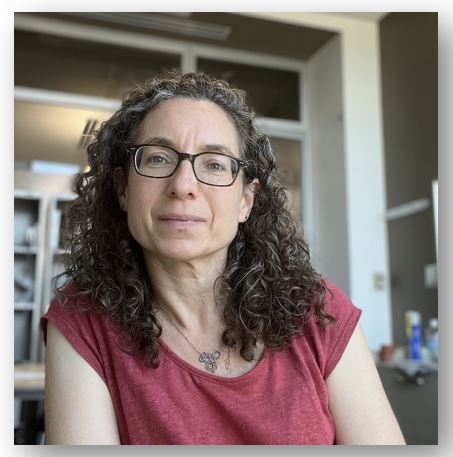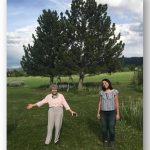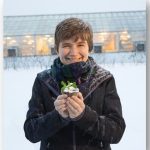My Women Heroes: The Pioneer, The Quiet Leader, and Outstanding Supporters

I am Eva M. Farré. I am an associate professor at Michigan State University. The work in my lab focuses on understanding the function of circadian clocks in photosynthetic organisms. Before joining the faculty at MSU, I did my PhD at the Max Planck Institute for Molecular Plant Physiology and the University of Potsdam in Germany and a postdoc at The Scripps Research Institute and the University of California, San Diego. At MSU I currently teach a large cell and molecular biology introductory course and a graduate seminar. I have been a member of the Women in Plant Biology Committee at ASPB since 2016 and I am also a reviewing editor for Plant Direct. I have some so far thanks to the inspiration and support of several women I have met on my way.
Ute Kraemer – The Pioneer
As an undergraduate student in Germany I had no female professors that maintained an active research program. During my graduate studies, Ute Kramer joined as the first woman principal investigator of the institute. She also had the only truly independent position, outside the more traditional hierarchical structure of the Max Planck Institutes. I remember her first seminar. She presented her past work and, most important, her view of her future project. It was clear and ambitious, including a strong rationale and future applications. Ute was very excited about her research and transmitted that to the audience. However, once she started at the institute, things did not look easy for her. As graduate students we did not get a good sense about how things went in the PI sphere, but it was clear that even students and postdocs had difficulty with having a strong female PI. Ute was my first role model of a woman research leader and her strength and ambition has been a continuous motivation throughout my career.
Robin Buell, Kathy Osteryoung and Frances Trail – The Supporters
Starting as an assistant professor I was lucky to have three strong supporters in my department. They always provided honest feedback and guidance and, more important, had time for me. All three have very different styles of leadership and of managing their labs, which has helped me see that there is no one path for a successful scientist as well as the importance of having a mentoring network.
Robin is a superior mentor. She provides timely, thorough, and honest feedback. She excels at skills I am weak in, such as planning and management. She has pushed me to be ambitious and get things done. Robin is also my model on how to provide guidance and support to trainees while maintaining high expectations at the same time. Kathy introduced me to ASPB and the Women in Plant Biology Committee. She showed me how women can support each other in personal and professional ways. Frances inspired me to keep my excitement in teaching and research projects over the years. Her daughter was 11 when my first son was born and talking to Frances helped me get some perspective and realize that things do get easier when your kids are older and actually sleep.
Stacey Harmer – The Quiet Leader
I first met Stacey at a conference just before I went to interviews for postdoctoral positions in the US. The excitement about research of the group of San Diego postdocs was key in my decision to join the Kay lab there. Before starting, Stacey already helped me in my two successful applications for postdoctoral fellowships. I remember the lab meeting in which she presented her interview process for a faculty position. That was the first time I learned about the academic career path in the US. In spite of being busy with her own lab at UC Davis, she contributed some key experiments for my first publication as a postdoc. Before I started my own faculty position she invited me to visit her group. She answered all the questions I had about how to best focus your work, funding and teaching. I always look forward to meetings to chat about challenges and opportunities for experiments, funding, and mentoring students. I have also seen her rise to become an efficient and thoughtful leader in both the ASPB but also in the Society for Research in Biological Rhythms. I admire how she is able to take input from multiple people, do her research and make a decision on what to do. I have much to learn.
______________________________________________
About the Author
Eva M. Farré is an associate professor at Michigan State University. The work in her lab focuses on understanding the function of circadian clocks in photosynthetic organisms.



